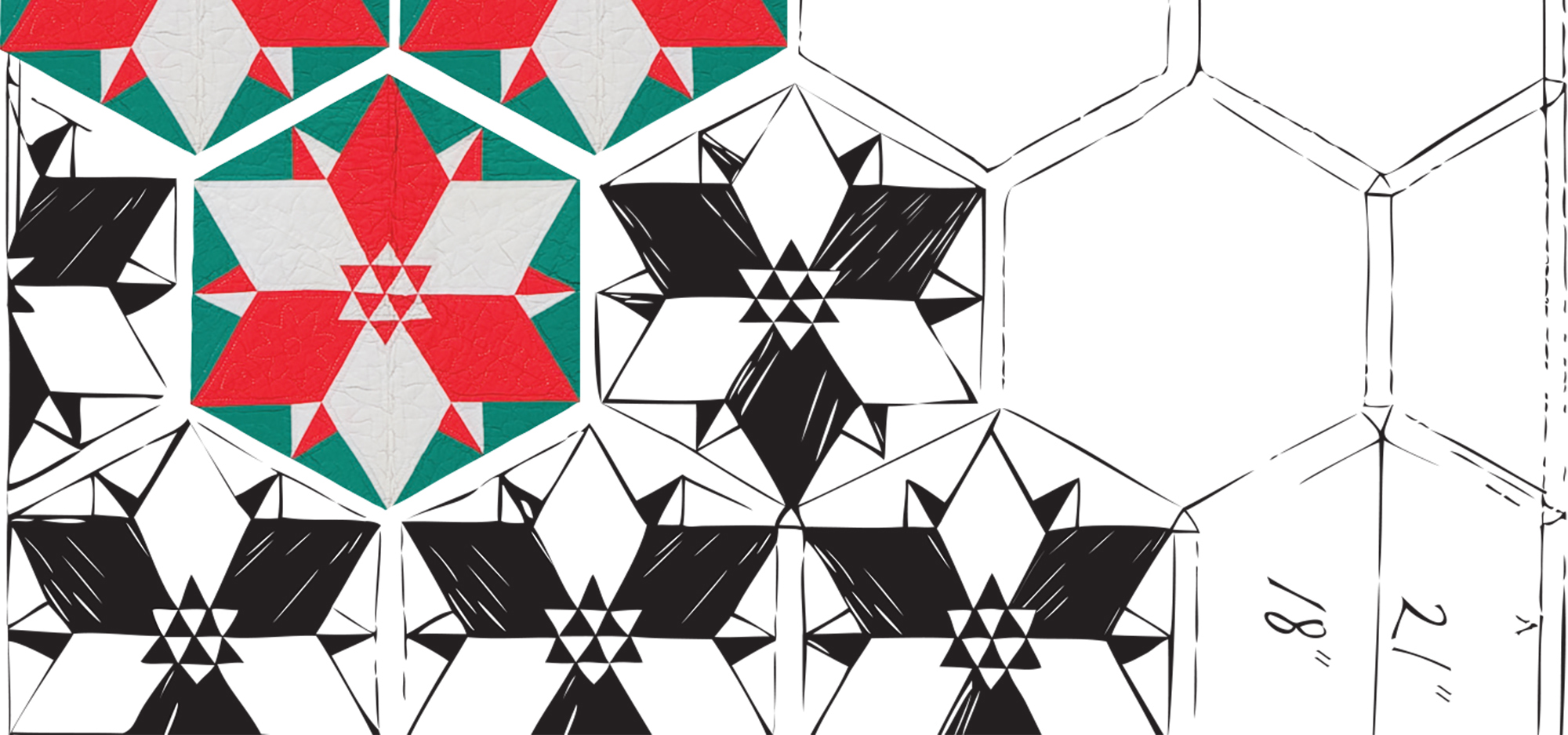Ernest married Amelia Isabelle Hooper on August 28, 1928, at the First Baptist Church in David City, Nebraska. Isabelle had attended the music school in Pueblo, Colorado, before her marriage. She taught piano to Butler County children for several decades. She also composed hymns, wrote daily diaries, poetry and short stories, and hand quilted throughout her life.
In 1871, Ernest’s grandparents, Lewis and Elizabeth Haight, homesteaded in Butler County, near present-day David City, Nebraska. Ernest and Isabelle were the third generation to raise their family on the land. As a boy and young man, Ernest spent much of his spare time honing his mechanical skills in the farm’s machine shop.
In 1919, Ernest started classes at the University of Nebraska, and graduated in January 1924 with a B.S. in Agricultural Engineering. The engineering major required three semesters of drawing and design geometry. Ten years later, Ernest adapted his drawing and geometry skills to design and draft complex original quilt patterns.
Ernest’s quilting was a family secret until a neighbor walked into the house and saw him at the sewing machine. After that, Ernest became enthusiastic about his hobby. He purchased his own fabric at the store and, in the 1940s, began entering his quilts in the Butler County Fair.
While quiltmaking is typically done by women, throughout history some men have also made quilts. In the late Middle Ages in Europe, men were professional mattress makers and quilters, which require the same techniques. Today, the number of male quiltmakers is growing and some, like Joe Cunningham, John Flynn, Ricky Tims, and Mark Lapinsky, have made full-time careers in quiltmaking.
In his later years, Ernest invested energy in leaving a generous quilting legacy with others. He gave quilts as annual Christmas gifts to their five children. And, as a new interest in quiltmaking swept the United States just prior to the 1976 Bicentennial, Ernest and Isabelle accepted numerous invitations to share their quilts and Ernest’s innovations in person or in print.
Ernest celebrated his 70th birthday in 1969 and retired from farming in 1972. With more time on his hands, the 1970s and 1980s were his most productive quiltmaking years. He made about a dozen quilts per year, half for entry in the Butler County and Nebraska State Fairs, and the other half for gifts to family and friends.

